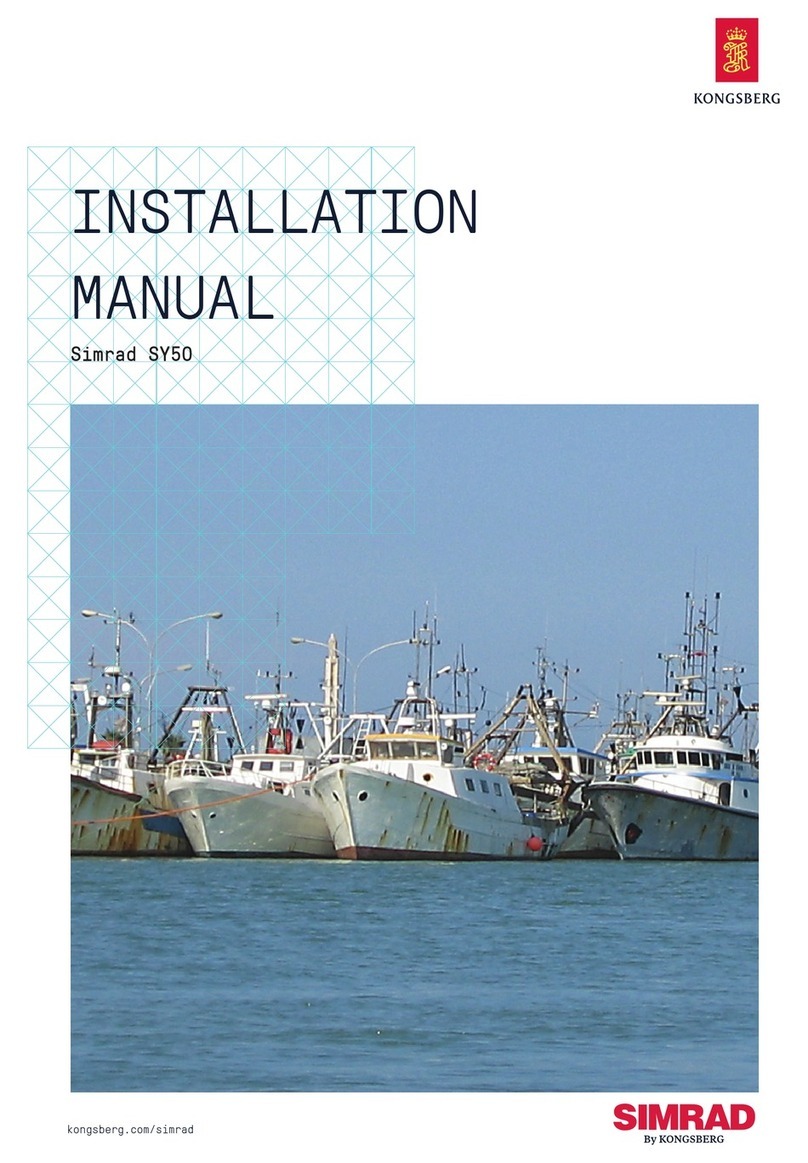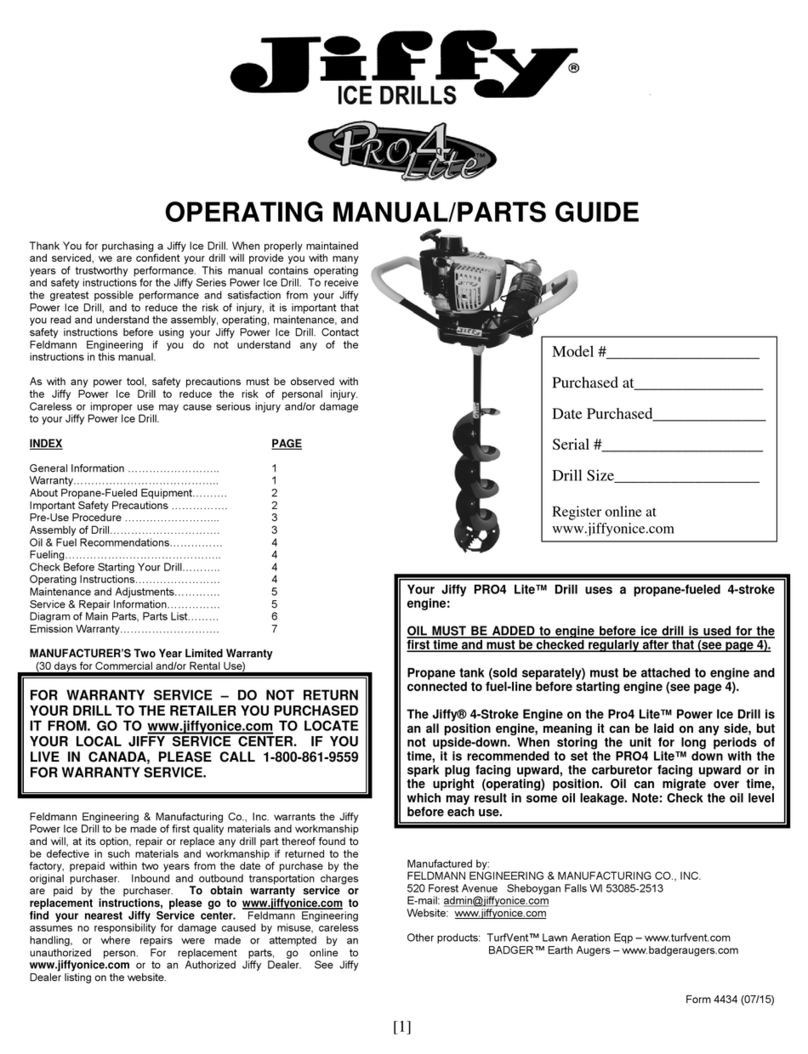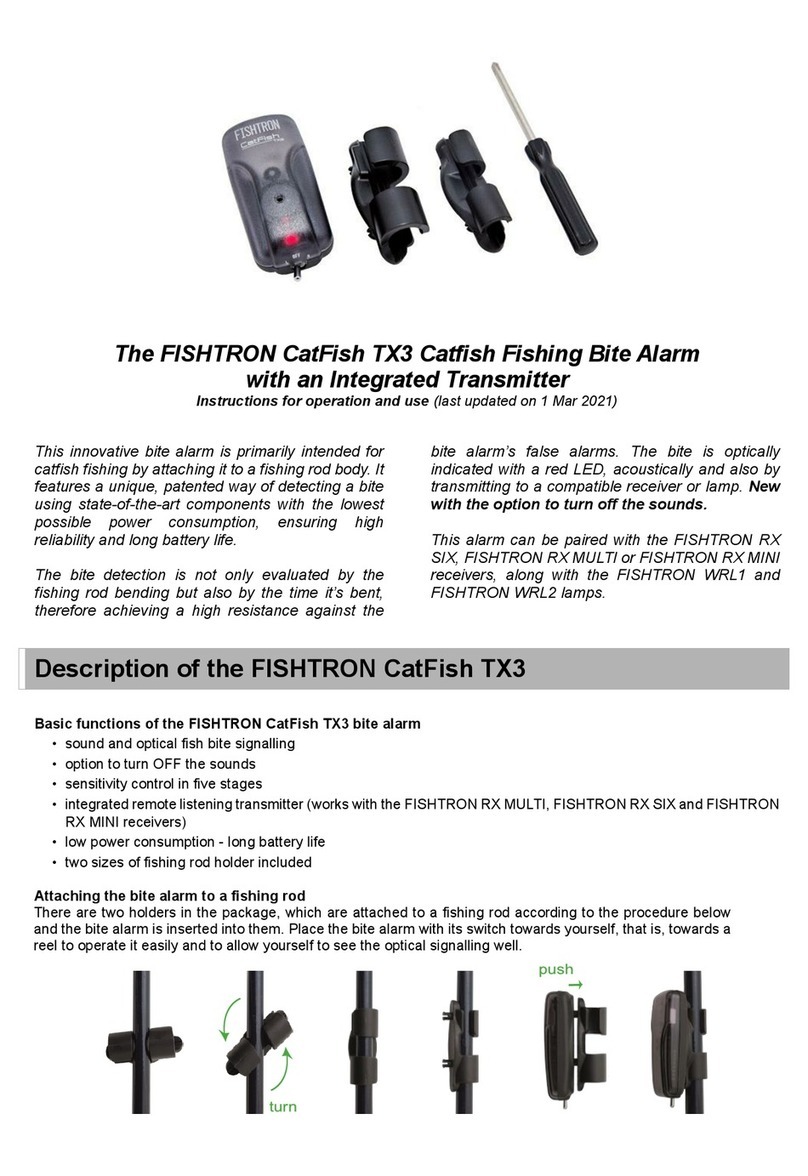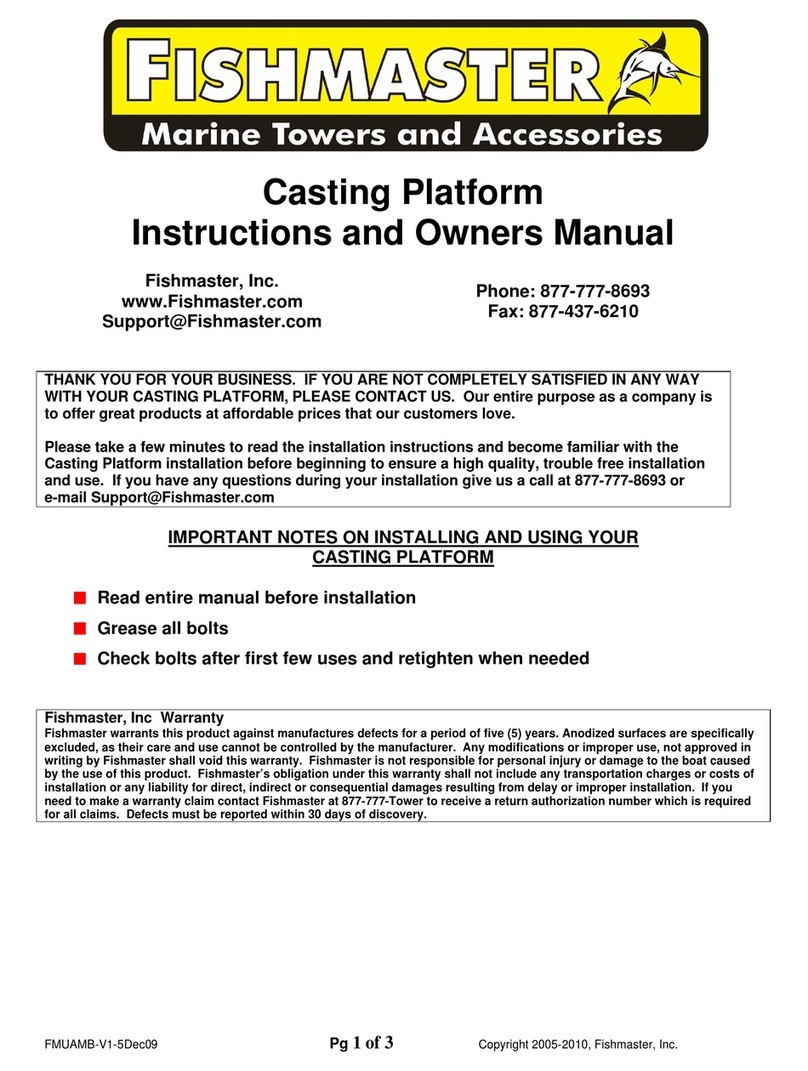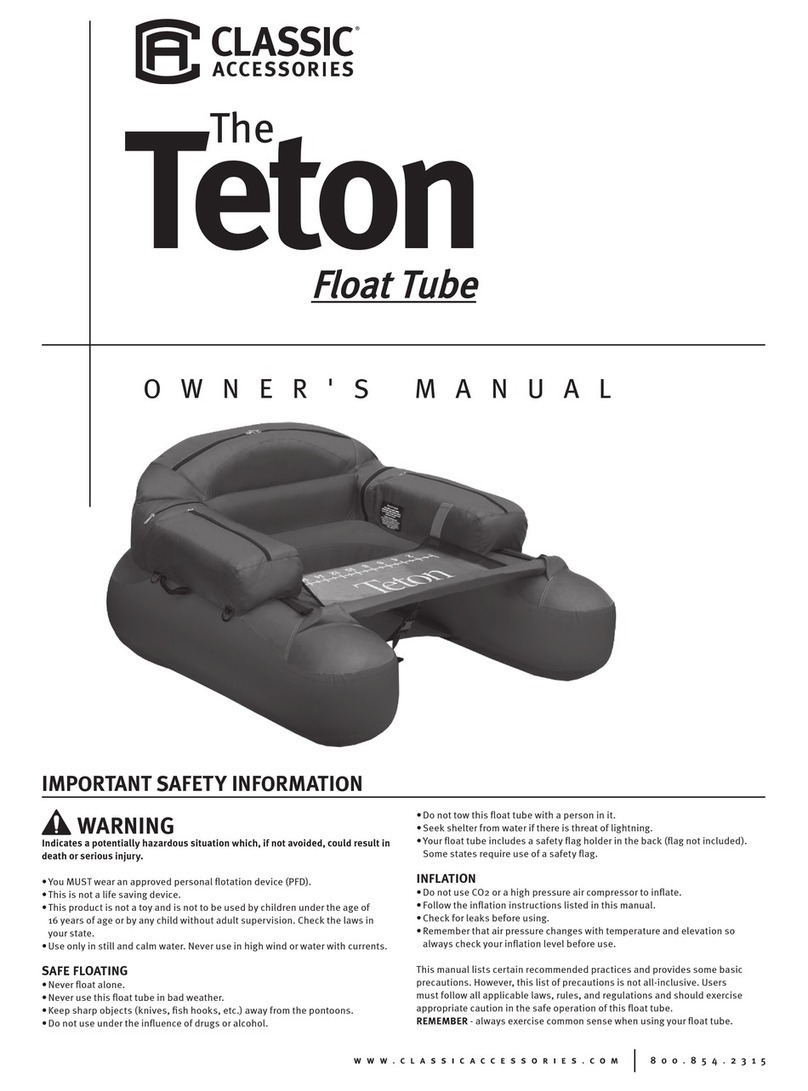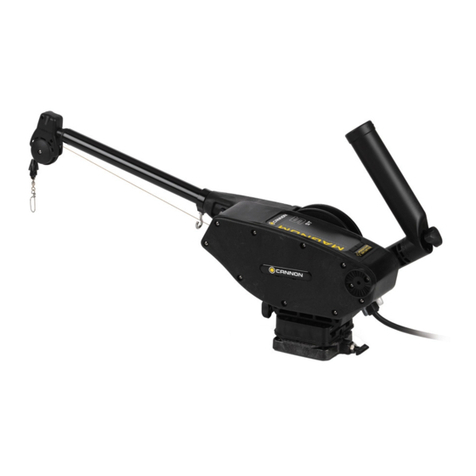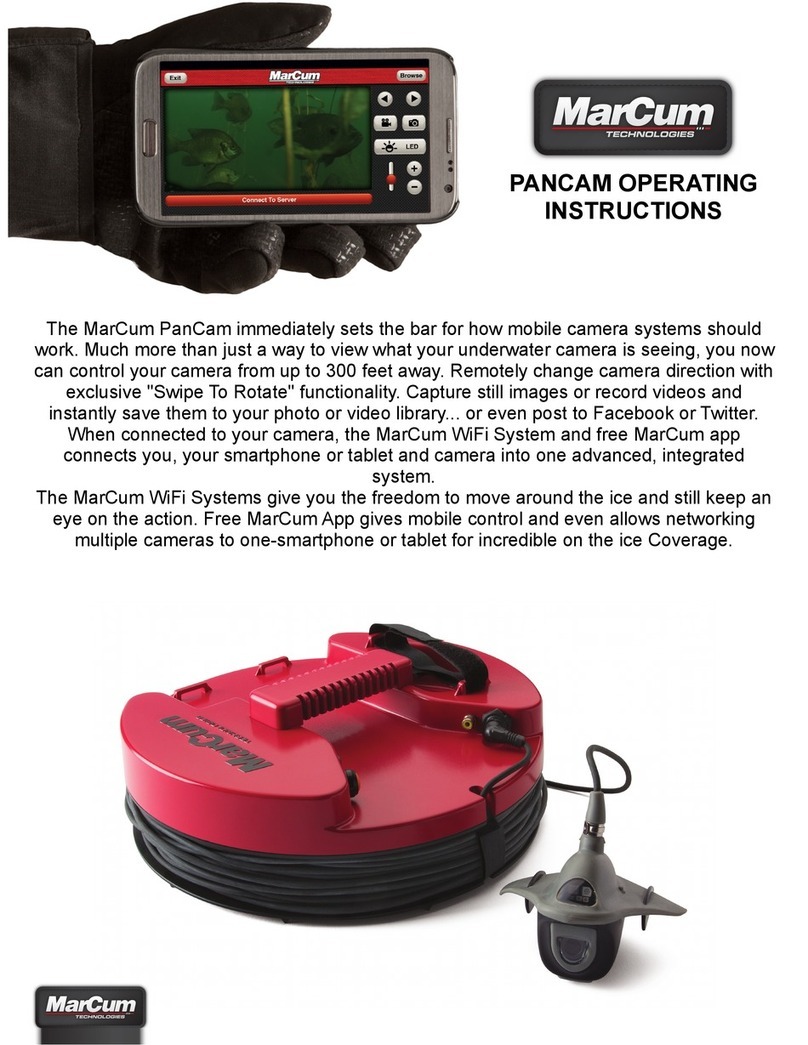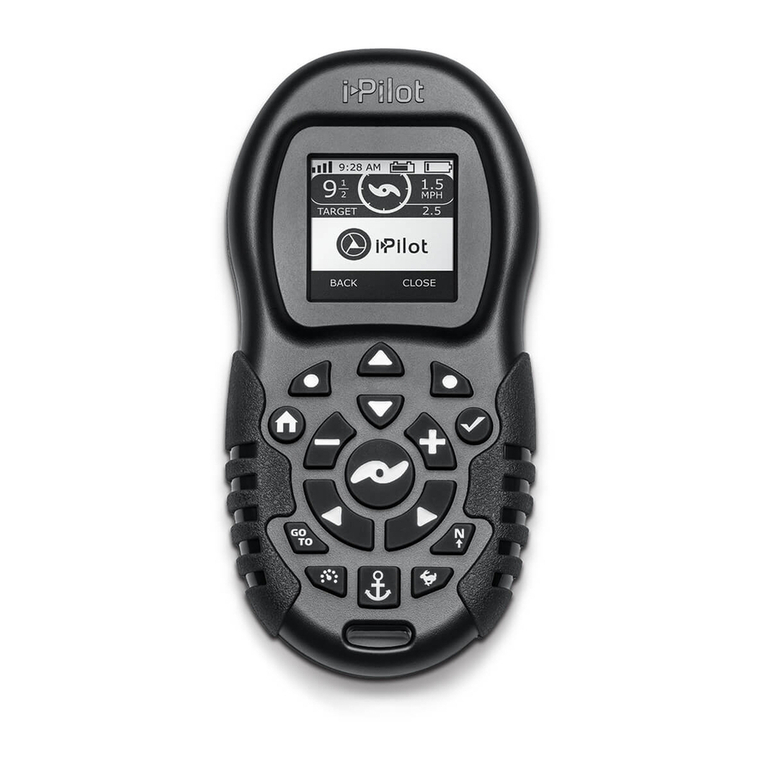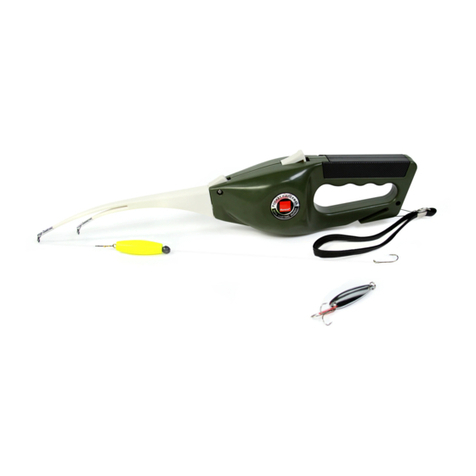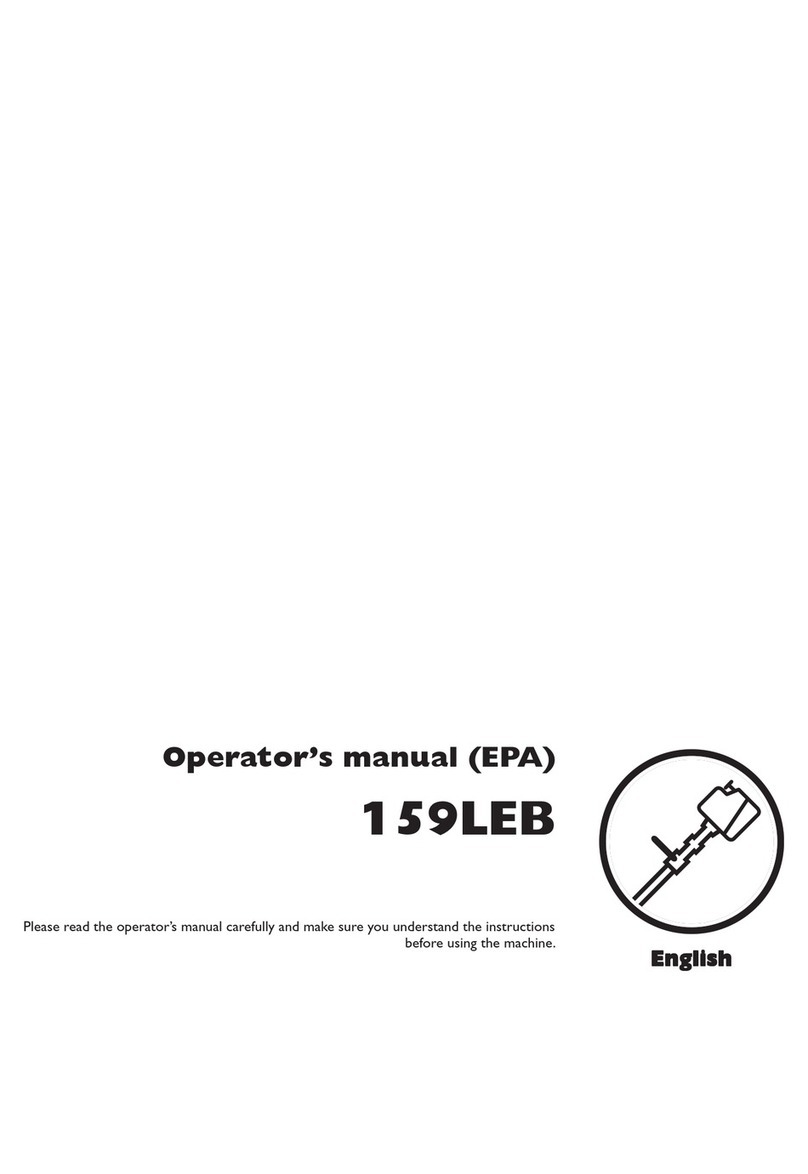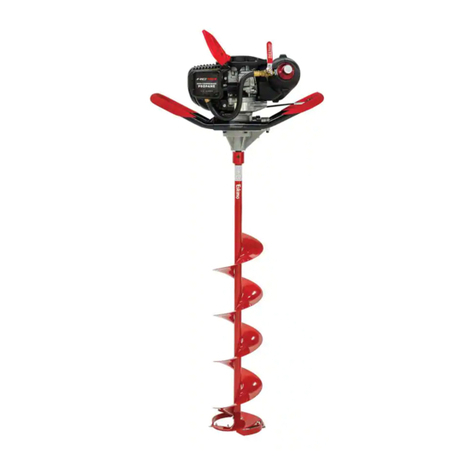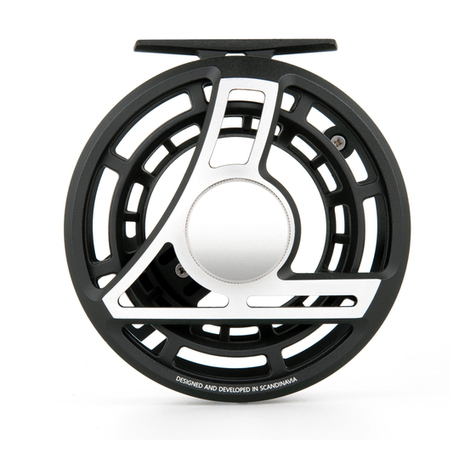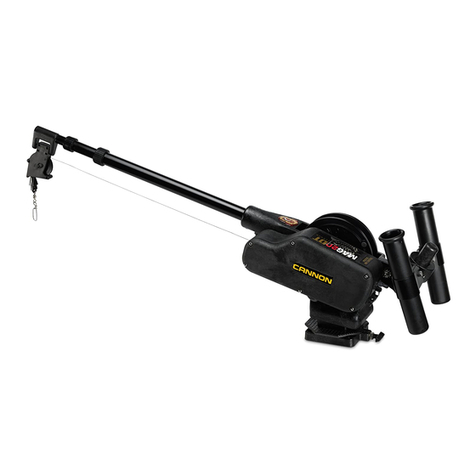
# #
1U-shaped float tube cover 1mesh stripping apron
# #
1U-shaped flotation bladder 3-piece stabilizer bar
# #
1backrest bladder 1bladder repair kit (contains: two
PVC patches and deflation tube)
Instructions:
Gunnison Float Tube
How to inflate your float tube bladders
The float tube bladders are designed to be inflated by hand
pump or foot pump.
To inflate the flotation bladder, open the valve by turning the cap
on the valve stem counter-clockwise. After inflation close the
valve by turning the cap clockwise.
To inflate the backrest bladder just pull out the valve and
remove the valve cap.
To deflate the backrest bladder you can insert the small
plastic tube from your bladder repair kit into the open
valve to wedge it open, being careful not to puncture the
bladder.
Inflating and assembling your float tube
1. Place your cloth float tube cover flat on the floor with the
pockets facing down and unzip the zipper along the bottom and
inside of the cover.
2. Smooth the U-shaped flotation bladder and inflate about
30%—just enough to hold its shape. Unzip the left armrest
pocket on your float tube cover and find the small hole where
the bladder valve stem will slip through. Now slip the flotation
bladder into the cover.
Be sure that the valve stem comes through its hole in the armrest
pocket and that the bladder is evenly distributed within the
cover. Check that the bladder is untwisted, flat, and lying dead
center underneath the armrest pockets. (A twisted bladder will
distort the cover when you blow it up). Close the bottom zipper.
3. FLip the floate right side up. Partially inflate the backrest
bladder and insert it into the backrest pocket directly over the
flotation bladder. Be sure it is straight and untwisted within
the pocket then close the zipper so that only the valve remains
showing. Finish inflating the bladder and then close the backrest
zipper. It is important that you do this before you inflate the
flotation bladder.
4. Inflate the flotation bladder until most of the wrinkles are
out of the cover. If any twists develop stop, deflate the bladder,
straighten it within its pocket and reinflate. An indicator of correct
positioning is the valve stem—it should be sitting squarely in the
hole and sticking straight forward.
5. Connect the three stabilizer pieces by inserting the two long
tubes into the shorter coupling tube with the angled ends on
both long tube ends facing the oppposite direction. Now place
the mesh stripping apron on the floor with the graphics facing
up. Slip the stabilizer bar with the angled ends facing down into
the fabric sleeve at one end of the apron. Now insert the ends of
the apron sleeve into the fabric receptacles on the top and front
of the left and right pontoons. Clip both receptacle buckles into
the corresponding buckles on the stabilizer bar and adjust the
tension as needed.
CAUTION - DO NOT OVER INFLATE YOUR FLOAT TUBE
Water temperature and weather affect the air pressure in the
bladder. In cold weather your float tube will lose some pressure
because the air will contract. If this occurs, you may want to add
more air.
In hot weather, the air will expand. You must let out some air
to prevent the bladder from failing from over pressure. Avoid
exposing your float tube to extreme temperatures (hot or cold).
CAUTION
On warm sunnydays,keep thefloattubeeitherinwater orinshade
(if kept on land). This will decrease the risk of overexpansion of
the bladders, delamination and pinholes.
Avoid asphalt, sand, pebbles or concrete in direct sunlight as they
radiate high ground heat.
Also understand that changes in altitude will cause the air in the
bladders to expand or contract. If traveling to higher elevation
with the float tube inflated, frequently check the pressure in the
•
Notalifesavingdevice.
•Notatoy.
•Nottobeusedby
childrenunderage16.
•Donotoverload.
•Alwayswearan
approvedpersonal
otationdevice(life
preserver).
•Checkforleaksbefore
using.
•Useonlyinwater
awayfromdebrisand
obstructions.
•Partiallydeateif
leavinginthesun.
•Neverleaveoattube
inwaterwhennotin
use.
•Donotoverinate.
•Donotuseinhigh
wind,rapidcurrents,
openwateror
dangeroustides.
•Knowandfollowlocal
watersafetyrulesand
boatingregulations.
•Followtheination
sequencelistedinthe
instructionmanual.
•Ceci n’est pas un
appareil de sauvetage.
•Cet article n’est pas
jouet.
•Ne doit pas être utilisé
par des enfants de
moins de 16 ans.
•Ne pas surcharger.
•Veiller à toujour porter
un gilet de sauvetage
approuvé.
•Vérier qu’il n’y a pas
de fuites avant toute
utilisation.
•Utiliser uniquement
cette embarcation dans
des eaux sans débris ni
obstacles.
•Dégoner partiellement
cet article si ce dernier
doit être laissé en plein
soleil.
•Ne jamais laisser le tube
de ottaison dans l’eau
lorsqu’il n’est pas utilisé.
•Ne pas trop goner.
•Ne pas utiliser lors de
vents forts, de courants
rapides, en haute mer
ou lors de marées
dangereuses.
•Connaître et suivre
les règles locales
de sécurité et de
navigation.
•Suivre l’ordre de
gonage indiqué dans le
manuel.
WARNING
AVERTISSEMENT
6.5 inch
3.25 inch
December 12, 2011 (revised age of children)
Classic Accessories, Inc.
FLOAT TUBE WARNING LABEL
Label Size: 3.25 inch L x 6.5 inch H
For: all CA and WSL oat tubes
Job Number: 11cF55_12014
Materials list:
